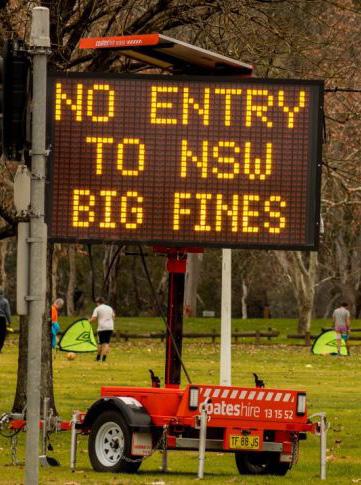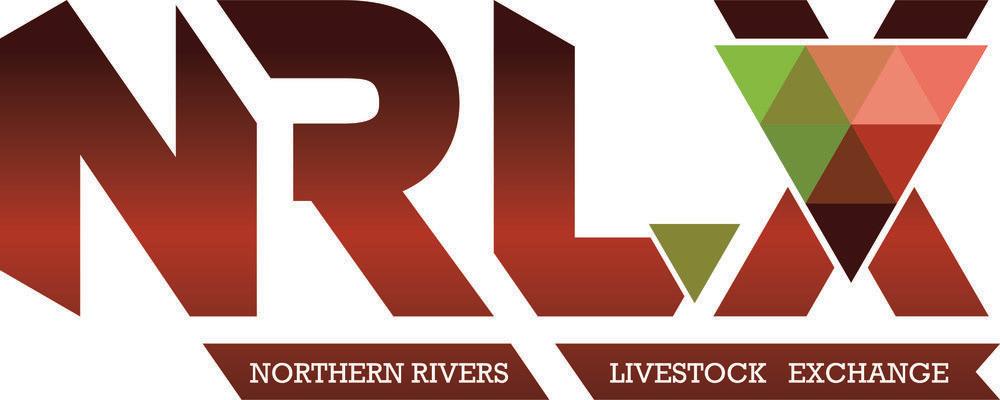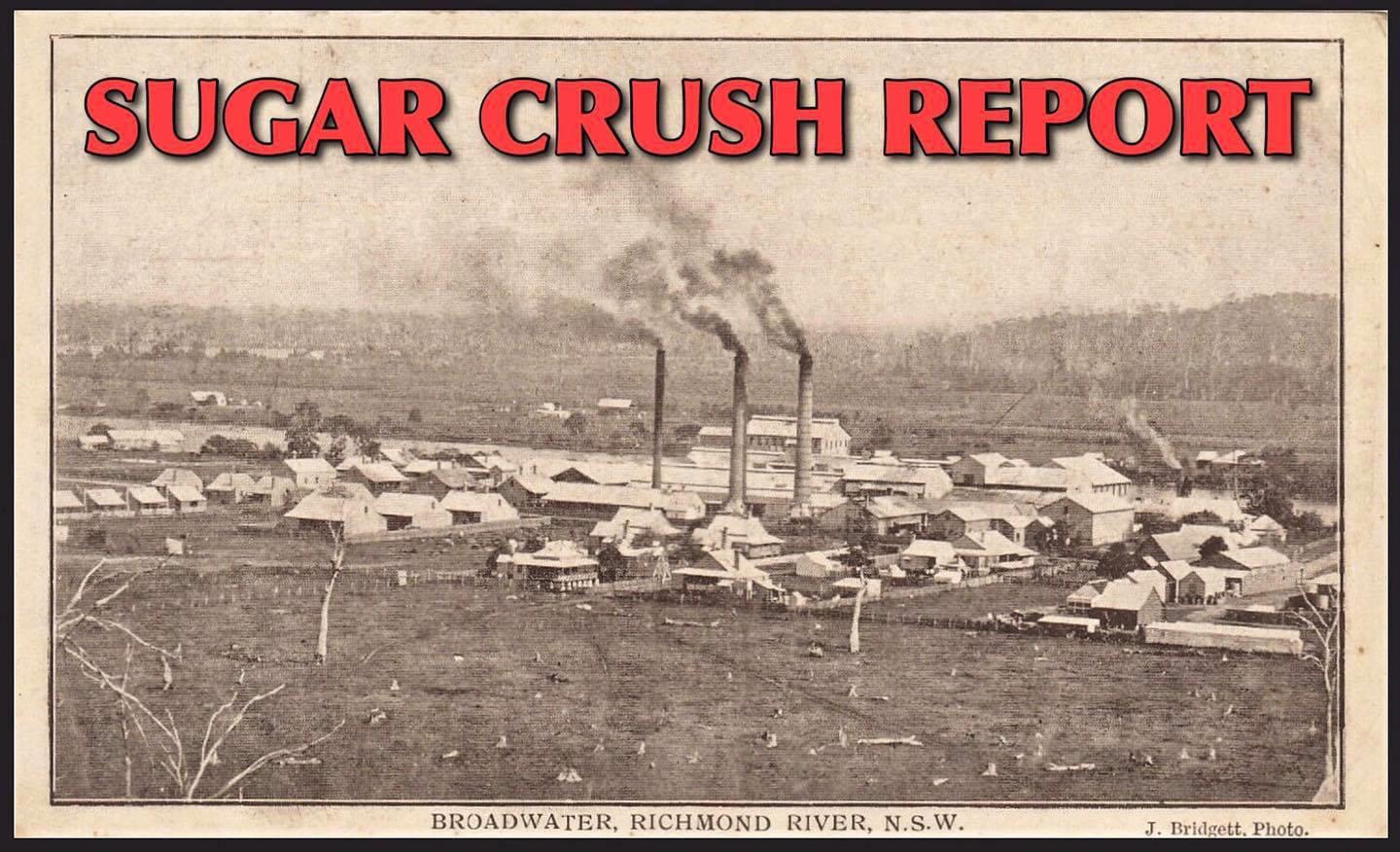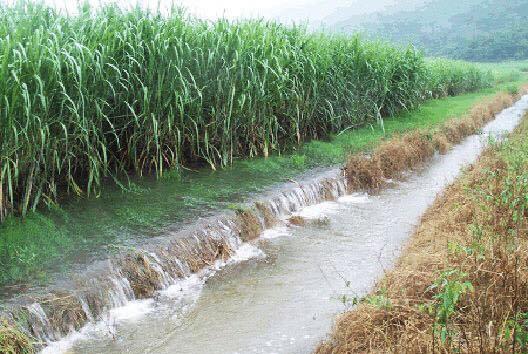
8 minute read
RURAL NEWS
Changes to seasonal worker movements good news for NSW harvest
NSW Farmers welcomes the NSW Government’s decision to allow seasonal workers living in the NSW/Victorian border zone to cross the border daily to undertake farm work.
President of NSW Farmers’ James Jackson said it is good to see Government continue to positively respond and adapt policies during this uncertain time when ensuring the ongoing health and welfare of the community.
“This has been a challenging time for the citrus industry during their peak harvest period.
“It’s imperative that government and industry work together to identify ongoing labour needs across horticulture and grain industries for the rest of 2020 and into early 2021.
“In coming months there will be an increased need for contractors and farm labour with predictions for a good grain harvest following extensive rain. This will mean an increased movement of harvesting contractors as well as seasonal workers in the horticulture sector across regional areas.
“The closure of international borders means that these industries need to mobilise seasonal workers and working holiday makers already in the country – we need to ensure they can safely cross borders to meet labour demand in different industries,” Mr Jackson said.
NSW Farmers encourages clear communication between departments to ensure these issues are addressed when health orders change.
“Sudden shutdowns cause significant disruption to agricultural industries, many of which are already dealing with a difficult harvest after drought and bushfires. NSW Farmers would like to also thank the Department of Primary Industries for their work in representing growers to find a workable solution to this issue, “ Mr Jackson concluded.
Market Report

WEDNESDAY 29 JULY
NUMBERS decreased dramatically at Northern Rivers Livestock Exchange on Wednesday 29 July with a yarding of only 531 head. The largest percentage of young cattle went to restockers, with the exception of a few well finished vealers and yearlings that were acquired by the trade.
Cows sold well to a top of 388.2c/kg, they averaged at 482kg with BW & LJ Warne selling 6 head for $1,823.82. Heifer prices followed suit in comparison to the prior week. Producers JC & CJ Winning achieved a return of $1,551.78 for 3 head sold. Prices reached 516.2c/kg and the category averaged at 273kg.
Steer prices held firm with only 70 head yarded and the top selling steer making 516.2c/kg. They averaged at 262kg with Kingsbrae Agricultural Trust making a maximum return of $1,648.00 for 1 head sold. Bulls reached 303.2c/kg and topped their market at $2,834.92 for 1 head sold. 192 head of veal were yarded for the week where competition was stronger from restockers. Prices were good overall for veal and reached 526.2c/kg, averaging at 232kg. Producers RJ & FE Petersen saw 1 head sold for $1,590.75.
This Friday 7th of August will see Ramsey & Bulmer and T&W McCormack hold a store sale where they expect a yarding of 1000 head of quality cattle to be auctioned from 10am.
Covid restrictions will remain in place at the NRLX Facility. Only essential staff, Agents and registered buyers will be permitted entry where temperature will be checked, and a declaration form must be completed. Please contact a selling Agent or NRLX Staff to register to buy on the day.
Lismore Market Report
TUESDAY 28 JULY
140 CATTLE were sold at the Lismore Saleyards on Tuesday, July 28
Quality was mixed and demand was strong.
Heavy cows sold from $2.60 to $2.75/kg & medium cows $2.35 to $2.50/kg.
Once again most of the young cattle were bought by western restockers.
Lightweight weaner were dearer.
Steers topped at $5.42/kg and heifers $5/kg.
Most steers over 200 kg sold from $4.20 to $4.50/kg depending on quality and heifers $3.80 to $4.20/kg.
Vealers sold to the butchers $3.85 to $4.02/kg.
Nerida Newland’s Angus X returned $1327.
SATURDAY 1 AUGUST
680 CATTLE were sold at the popular Lismore Store Sale on Saturday, August 1.
It didn’t look like a normal August yarding with most cattle in good condition. 90 mixed age steer/bullocks sold to feedlot $3.30 to $3.80/kg depending on teeth and quality.
Glen & Lyn Johnston’s Brangus X steers $3.80/kg, $1539; Cathy Clark’s $3.22/kg $1949.
Heavy weaner and yearling steers sold from $3.75 to $4.50/kg.
Matthew Black’s Speckle Park steer $3.88/kg, $1640.
Lew Bashfoth’s Santa X $1123.
Tony Margan’s 7 month old Santa steer $4.24/kg, $1124.
Charolais steers off Nimbin $4.48/kg, $1144.
Light weaner steers sold from $4.30 to $5.60/kg.
Heifers sold to good competition as well. Heavy weaners $3.65 to $4.20/kg.
Light weaners $4.20 to $5/kg.
Noel Gray’s consignment of Limousins topped at $909.
Cows and calves topped at $2200 for older Charolais with good calves. Charbray X heifers with light calves also sold for $2200.
Most cows and calves of fair quality sold from $1700 to $2100.
74 WOODLARK ST, LISMORE

Kevin Cocciola 0427 653 450 Glenn Weir 0427 299 104 Neil Short 0410 451 000 Dick Osborne 0413 337 668 Mark Noble 0400 655 228 Jake Noble 0424 470 095


Big wet slows Northern Rivers sugar crush

RECENT heavy rain in the region has slowed the region’s sugar crushing season, with harvesters battling wet cane fields to get crop off the ground and to the three North Coast Sunshine Sugar mills at Condong, Broadwater, and at Harwood.
The north coast crush is almost a quarter of the way through the season, with just over 1.6 million tonnes expected to be processed at the mills.
The tonnages are down by about 25 percent again this year after a crippling two year drought in the region.

The recent heavy rain saw falls of over 250mm in the Tweed and Clarence Valleys, while in the Richmond River Valley falls of 160mm were recorded.
The recent rain which followed minor flooding in the area back in February has set up good soil moisture content which should see the region’s sugar industry bounce back in 2021.
This year’s crush at the three north coast mills is expected to be completed a month earlier than normal in early November this season.
Dingoes have gotten bigger over the last 80 years - and pesticides might be to blame
THE average size of a dingo is increasing, but only in areas where poison-baits are used, a collaborative study led by UNSW Sydney shows.
Dingoes have gotten around 6-9 per cent bigger over the past 80 years, new research from UNSW and the University of Sydney shows – but the growth is only happening in areas poison baiting is used.
The findings, published in the Biological Journal of the Linnean Society over the weekend, compared the sizes of dingoes that lived in three baited regions (Kalgoorlie, Pilbara and pastoral South Australia), with those from an unbaited region that stretched from Northern Territory to South Australia.
The scientists measured the skull size – which is a marker of animal size – of nearly 600 dingo specimens from the sites.
“Skulls from the baited regions grew by about four millimetres since poison baiting was introduced,” says Michael Letnic, lead author of the paper and professor in conservation biology and ecosystem restoration at UNSW Science.
“This equates to roughly a kilogram in body mass.”
While both male and female dingoes grew, female dingoes had the biggest growth spurt: their skulls increased by 4.5 millimetres, which is almost 9 per cent body mass. Male skulls grew by 3.6 millimetres, or 6 per cent body mass.
The question is: why are dingoes in poison-baited areas growing?
“The most likely theory is that dingoes who survive baiting campaigns have less competition for food,” says co-author Associate Professor Mathew Crowther from the University of Sydney.
He explains that dingoes’ primary prey, kangaroos, have been shown to increase in numbers when dingo populations are suppressed.
“With more food in abundance, dingoes’ physical growth is less restricted.”
The pesticide sodium fluoroacetate – known as 1080 (pronounced ‘ten eighty’) – is commonly used across Australia to control dingo and other pest populations.
A flavourless white powder, 1080 is usually stuck into meat baits and left in dingo hotspots, often via helicopter drops. Baiting was rolled out in Kalgoorlie, Pilbara and pastoral South Australia over the 1960s and 70s.
Dingoes from the unbaited region – which included Indigenous-owned lands and conservation reserves – saw no change in body size.
A predictable cycle
This is not the first time a pesticide has been linked to changes in animal bodies.
“Our interventions have consequences – and they’re actually quite predictable consequences,” says Prof. Letnic.
“Whatever pressures we put on animal populations – be it pesticides or not – there will be side effects.”
Scientists usually observe these impacts in invertebrate pests: some insects – like cockroaches – are becoming more resistant to the insecticides used on them.
However, this study is one of the first to show that vertebrates, like dingoes, also change from pesticide use.
“Poison baiting campaigns could be favouring the survival of larger dingoes,” says A/Prof. Crowther.
“Smaller dingoes need less poison for a lethal dose, so are more likely to be killed by baiting. This leaves the larger dingoes to survive and breed.”
As a result of their growing size, the 1080 dose required to kill a dingo in the baited regions has increased since the toxin was introduced.
“The reaction to this finding may be to add more poison to the baits, or to find a new poison,” says Prof. Letnic.
“But, eventually, the cycle will start again.”
Alan & Beth Silk are now trading as
We provide an affordable and comprehensive professional pest control service and ensure that our pest technicians have ample time for treating your home and answering your questions while on site.


Covering all areas on the Northern Rivers GET IN TOUCH WITH US TODAY, CALL







